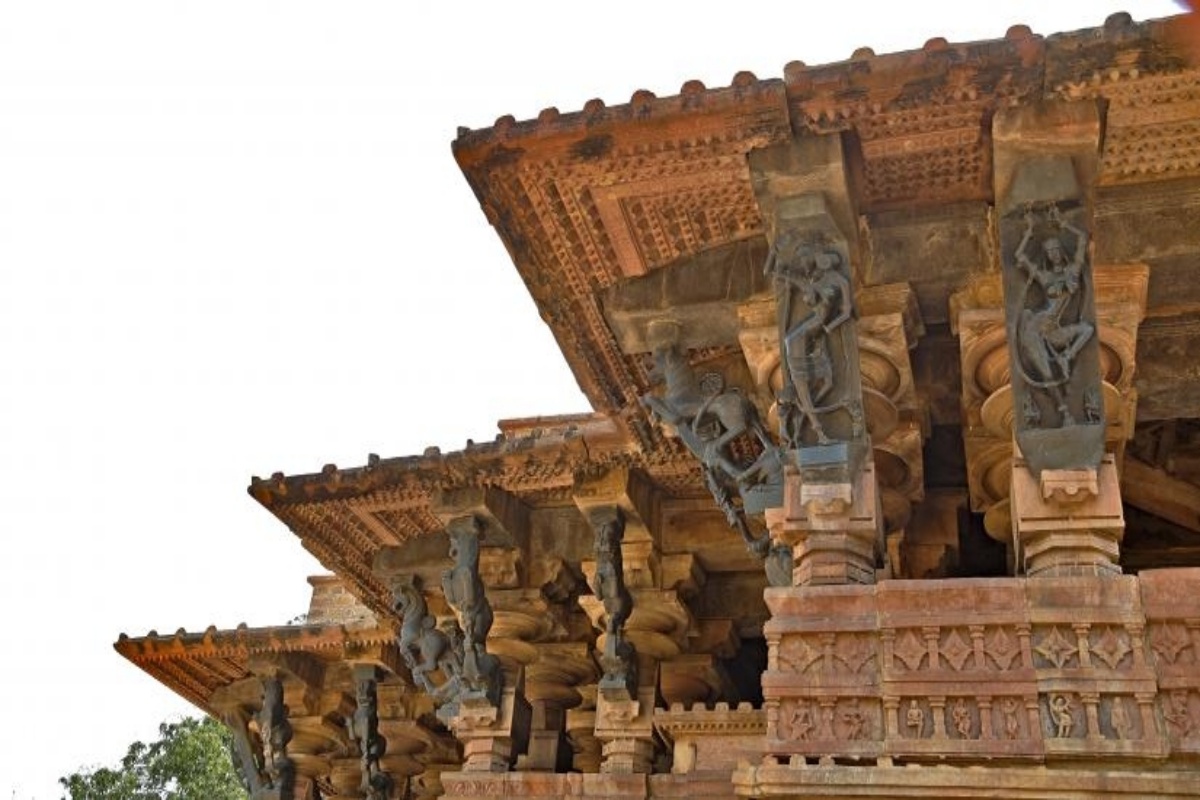‘More pride for India’: Hoysala temples in Karnataka added to UNESCO World Heritage list
A day after including Rabindranath Tagore’s Shantiniketan in its list of heritage sites, the United Nations Educational, Scientific and Cultural…
World Heritage is the designation for places on Earth that are of outstanding universal value to humanity and as such, have been inscribed on the World Heritage List to be protected for future generations to appreciate and enjoy.

Telangana's Ramappa temple, Dholavira city nominated for World Heritage List
The cultural sites of Dholavira, a historical Harappan city, and the glorious Kakatiya Temples and Gateways — Rudreshwara (Ramappa) Temple in Telangana, are India’s nominations for the UNESCO World Heritage List, and are among the global sites to be reviewed by the World Heritage Committee’s 44th session slated to be chaired from Fuzhou (China) from July 16-31.
On July 16, UNESCO Director-General Audrey Azoulay will take part in the opening of the session, during which the World Heritage Committee will notably examine the state of conservation of 255 sites already inscribed on the World Heritage List, 53 of which also figure on the List of World Heritage in Danger, says UNESCO.
Advertisement
The World Heritage Committee has inscribed 1,121 sites in 167 countries on the World Heritage List to date, says UNESCO. India currently has 38 properties inscribed on the prestigious list, ranging across cultural, natural, and mixed sites.
Advertisement
The cultural sites, along with the year in which they were inscribed, include Agra Fort (1983), Ajanta Caves (1983), Archaeological Site of Nalanda Mahavihara at Nalanda, Bihar (2016), Buddhist Monuments at Sanchi (1989), Champaner-Pavagadh Archaeological Park (2004), Chhatrapati Shivaji Terminus (2004), Churches and Convents of Goa (1986), Elephanta Caves (1987), Ellora Caves (1983), Fatehpur Sikri (1986), Great Living Chola Temples (1987,2004), Group of Monuments at Hampi (1986), Group of Monuments at Mahabalipuram (1984), Group of Monuments at Pattadakal (1987), Hill Forts of Rajasthan (2013), Historic City of Ahmedabad (2017), Humayun’s Tomb, Delhi (1993), Jaipur City, Rajasthan (2019).
Also included are Khajuraho Group of Monuments (1986), Mahabodhi Temple Complex at Bodh Gaya (2002), Mountain Railways of India (1999,2005,2008), Qutub Minar and its Monuments, Delhi (1993), Rani-ki-Vav (the Queen’s Stepwell) at Patan, Gujarat (2014), Red Fort Complex (2007), Rock Shelters of Bhimbetka (2003), Sun Temple, Konarak (1984), Taj Mahal (1983), The Architectural Work of Le Corbusier, an Outstanding Contribution to the Modern Movement (2016), The Jantar Mantar, Jaipur (2010), and Victorian Gothic and Art Deco Ensembles of Mumbai (2018).
For the natural sites, those included from India are: Great Himalayan National Park Conservation Area (2014), Kaziranga National Park (1985), Keoladeo National Park (1985), Manas Wildlife Sanctuary (1985), Nanda Devi and Valley of Flowers National Parks (1988,2005), Sundarbans National Park (1987) and Western Ghats (2012).
The Khangchendzonga National Park (2016) is a mixed site from India on the List.
The session this year will combine current work and issues left outstanding since last year, when the annual meeting was postponed due to Covid-19. Starting on July 24, the World Heritage Committee will start inscribing nominated sites on the UNESCO World Heritage List, beginning with nominations that could not be reviewed last year.
World Heritage is the designation for places on Earth that are of outstanding universal value to humanity and as such, have been inscribed on the World Heritage List to be protected for future generations to appreciate and enjoy.
Places as diverse and unique as the Pyramids of Egypt, the Great Barrier Reef in Australia, Galapagos Islands in Ecuador, the Taj Mahal in India, the Grand Canyon in the USA, or the Acropolis in Greece are examples of the natural and cultural places inscribed on the World Heritage List to date.
Advertisement